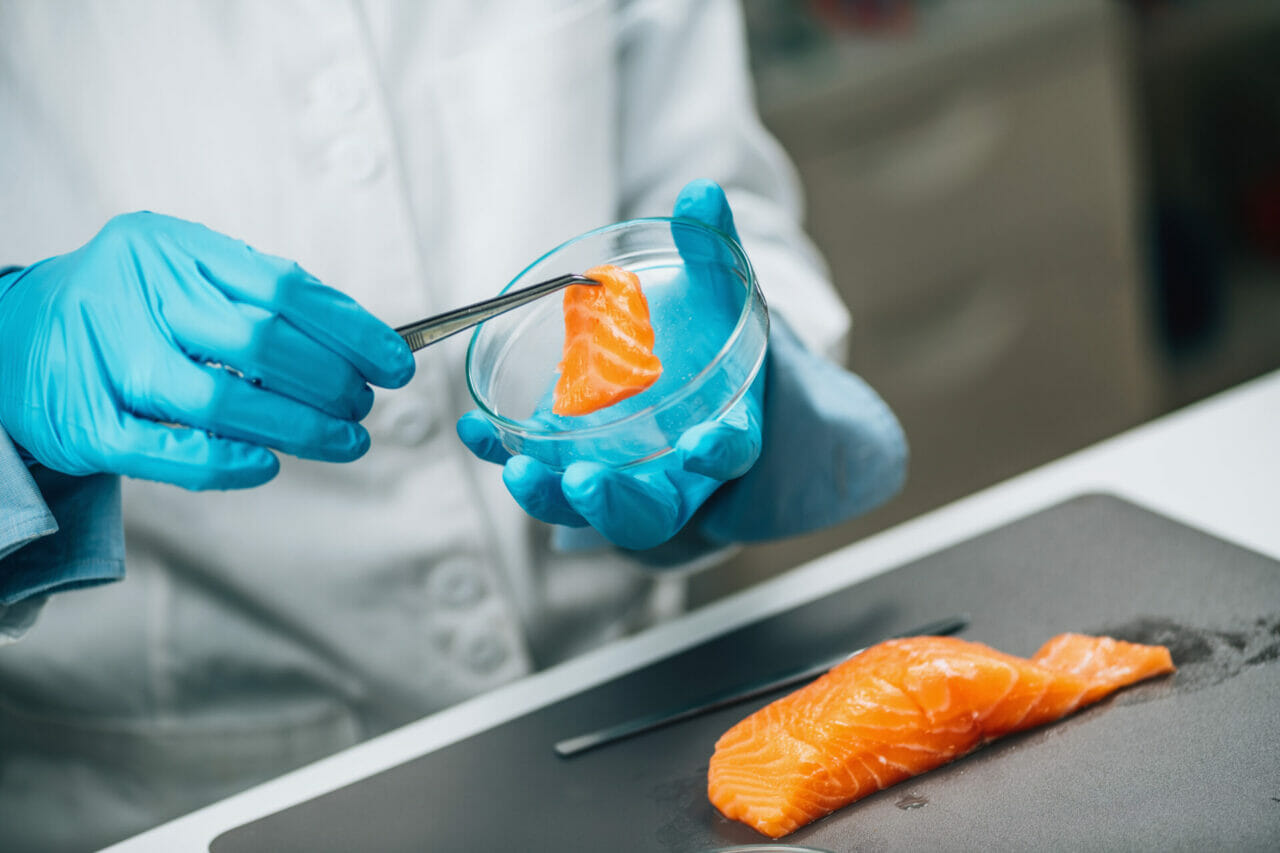According to the FAO definition, food safety is defined as “when all people have at all times physical, social and economic access to sufficient, safe and nutritious food that meets their daily energy needs and food preferences to lead a healthy life and active “.
Before a food reaches the consumer it must go through numerous phases. Throughout this process, and especially the one that refers to transport, suppliers play a fundamental role, particularly those that supply raw materials and food ingredients. The importance lies in the fact that, to a large extent, the level of food safety and quality that can be offered to consumers will depend on them.
To ensure that the food products that are supplied have been prepared in an adequate hygienic-sanitary condition, the suppliers must guarantee that they comply with the requirements regulated in their specific regulations: have the corresponding number of the General Sanitary Food Registry (RGSA) or authorization autonomic or local and apply the system of Hazard Analysis and Critical Control Points.
Risks, first on the list
The possible presence of microorganisms in the supplied raw material, either contaminated at source or through manipulators or surfaces, a poor hygienic treatment or bacterial growth due to inadequate conservation, are some of the dangers that we must face. Also the presence of other organisms, such as parasites can contaminate the raw material.
Physical contaminants can be buckshells, remnants of packaging or crystals, substances that can endanger consumer safety. Finally, chemical products such as pesticides, antibiotic residues or hormonal treatments are also a danger and, like the previous ones, should be prevented and controlled.
Currently, food safety is one of the main concerns of society, as has been seen in the health alarms generated in recent years. Among these alarms, it is worth mentioning the crisis caused by the so-called “mad cow disease” or bovine spongiform encephalopathy (EBB) in Europe, the contamination of chickens with dioxins in Belgium or the detection of benzo [a] pyrene (BaP) in oil of olive pomace in Spain.
These crises are examples that clearly illustrate the growing concern that society constantly expresses towards these types of issues. There is a demand for more and more complete information about the presence of contaminants or residues of products that are harmful, toxic or dangerous to health, which may be present in food. A proof of this interest is the concern, both on the part of official bodies and the food industry, to control the presence of these substances in food products, emphasizing taking care of everything that goes “from the field to the table”.
We can ask ourselves, why is it necessary to analyze the content of certain compounds in foods?
There are several reasons, first, and probably the most obvious, is related to the intentional use of phytosanitary products on farms and the use of veterinary drugs on farms. These products may remain in the form of waste after application, so the determination of the levels in which they are found is necessary. On the other hand, it is also necessary to analyze the amounts present in the food of other substances that have not been intentionally applied by man, as in the previous case. These other substances are the pollutants that are present in the environment or in the material in contact with food, having arrived there by various routes and whose presence also implies a potential risk to human health.
The Codex Alimentarius defines “contaminant” as any substance not intentionally added to the food, which is present in it as a result of production (including operations carried out in agriculture, livestock or veterinary medicine), manufacturing, processing, preparation, treatment, packing, canning, transportation or trade of such food or as a result of environmental contamination. In this context, one of the main strategic priorities of the European Commission is to ensure the highest levels of food security, and in this sense various food safety agencies have been developed.
Knowing the importance of good nutrition in Kalstein, we put at your disposal a sophisticated food safety analyzer, specially designed to test pesticide residues, antibiotic residues, and determination of organic contaminants in food. That’s why we invite you to take a look at HERE


